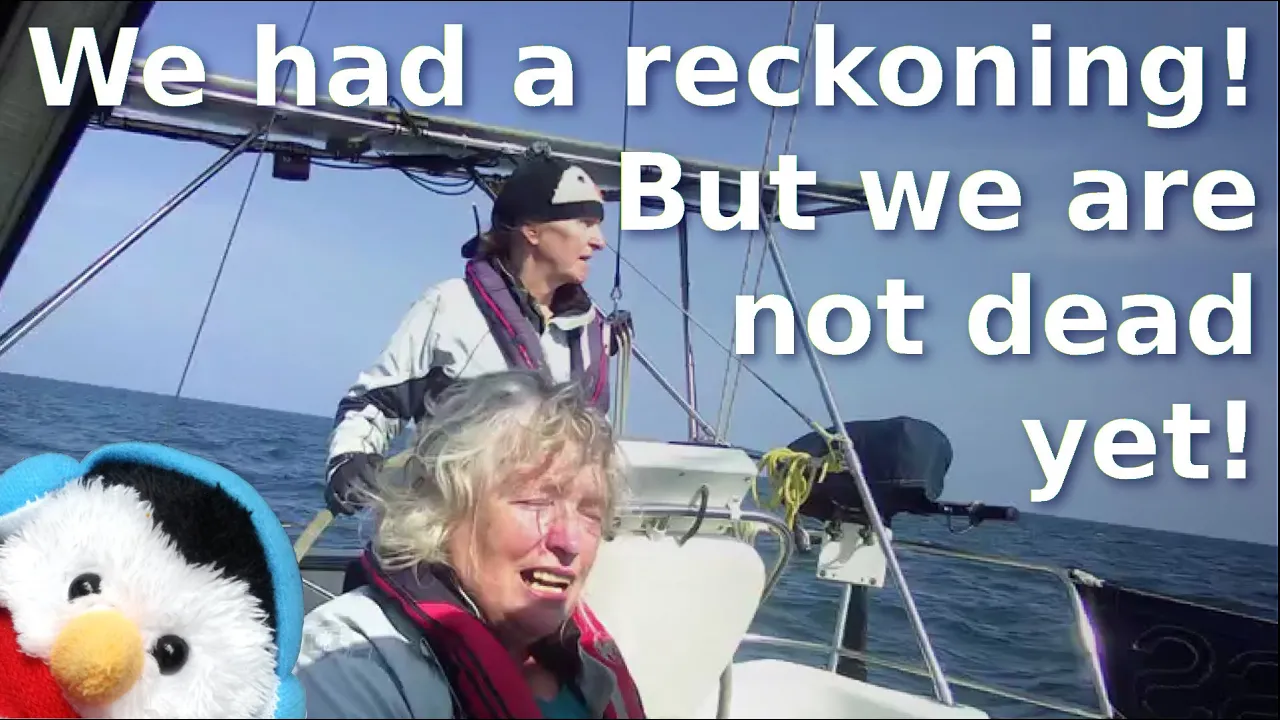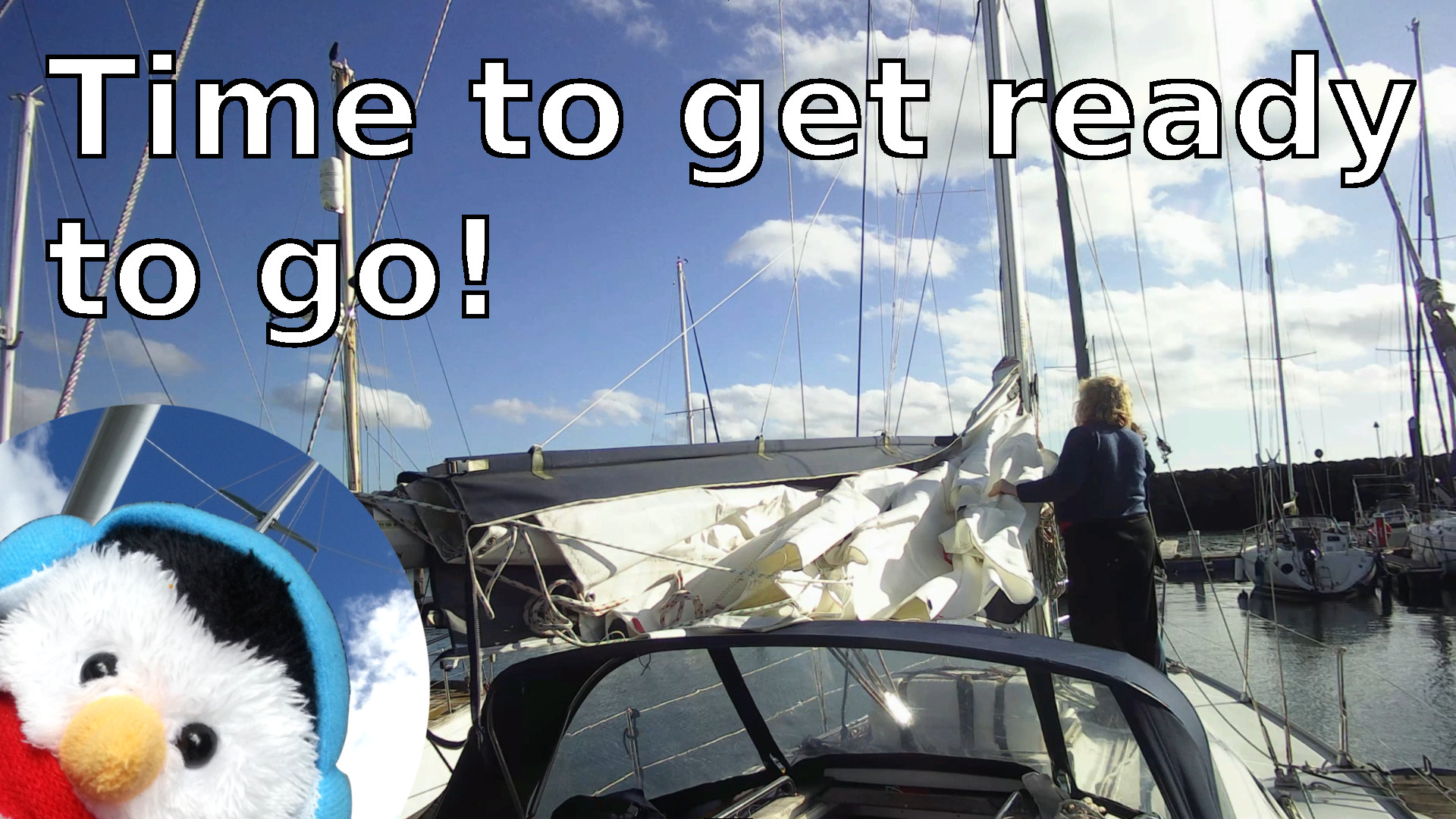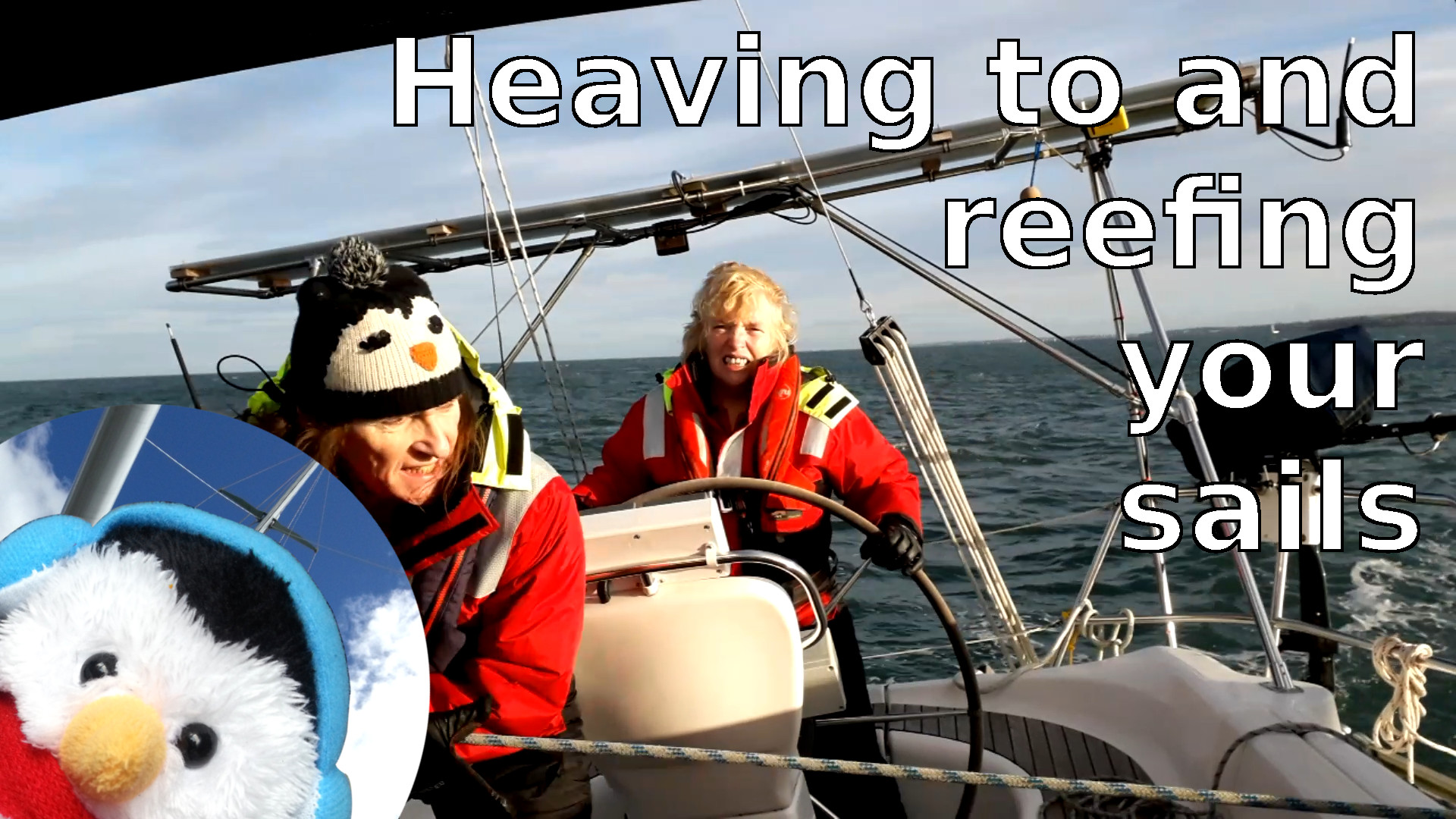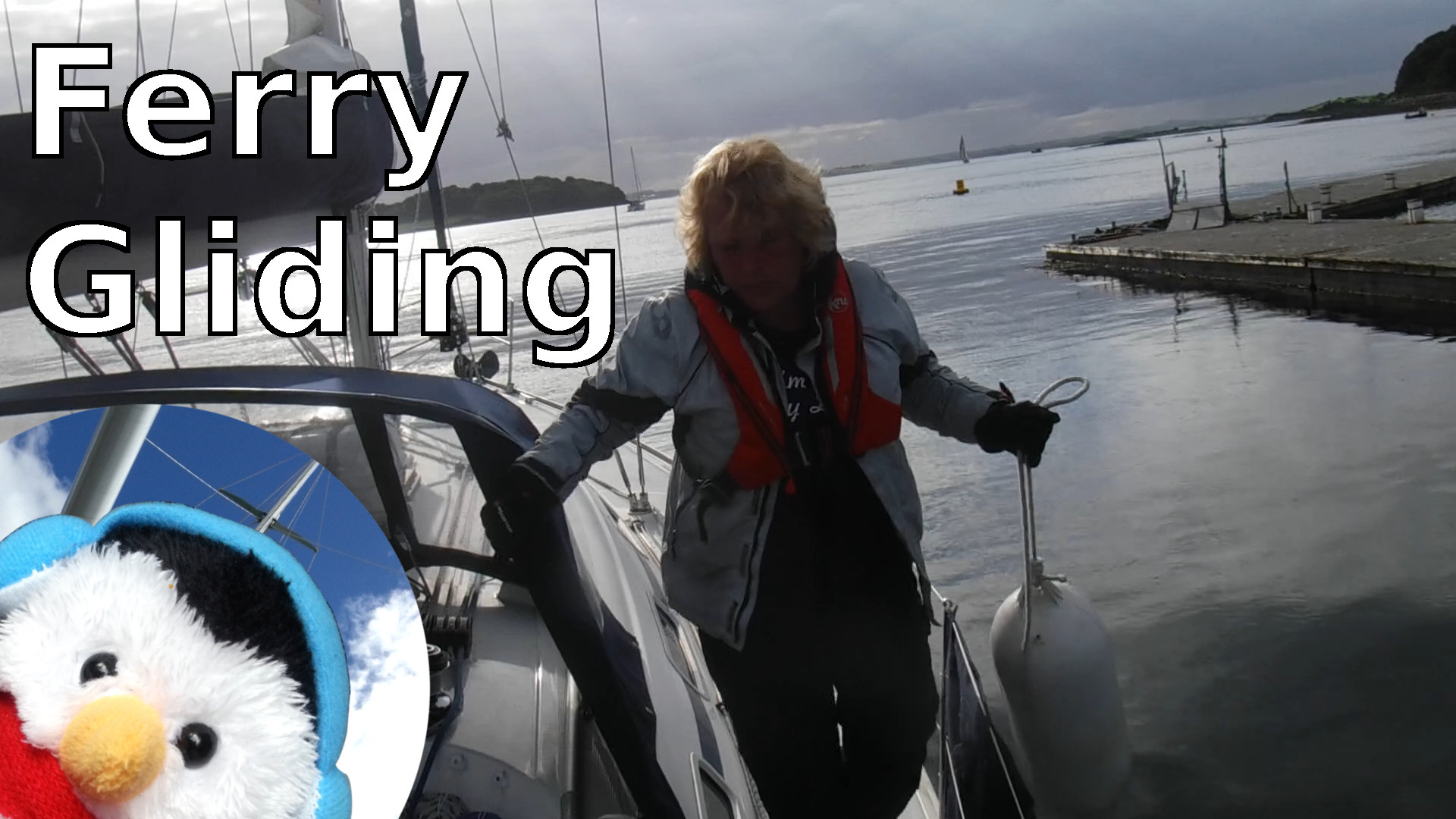I know I am biased, but I will be honest, I really like this video. It was sunny, we got the drone up and took some great footage of the marina, we had a plan and it all came together.
Springing your boat is a really useful technique, as it allows you to start a turn earlier, this is particularly useful when you are parallel parked on a pontoon or you have a longer keeled boat. You can spring your boat by just pulling on a rope, so that you use the bulge of your boat to turn the boat, but when we need a tighter turn we use the engine method to turn Salty Lass and it is this method that we mainly discuss in this video.
How to spring your boat
- Fenders - Think which way you are going to spring your boat and make sure that you have fenders in the correct place. If you want to pull the nose of the boat in, then put the fenders at the front of the boat, but if you are going to pull the stern of the boat towards the dock then make sure that this position is well fendered
- Spring Line - The spring line is the line that is doing the work. This will be the last line that you are removing so make sure that it can be easily removed from the cleat. One way in which you can achieve this, is to loop the rope around the cleat on the pontoon
- Forward spring - Putting your boat in slow forward tick over will make your boat pull on your forward line and pull the nose of your boat in. This in turn will move the stern of your boat out away from the pontoon. Once the move is completed and you have the stern of the boat pointing the way you want, you can cut the revs, put the boat in neutral and then into reverse.
- Backwards spring - Putting your boat into reverse will make your boat pull against the rear line. As the stern of you boat is pushed against the pontoon, the bow of your boat will move away from the pontoon. Once you have the nose pointing the way you want, remove the rear line and go forward.
Problems with springing
- Other boats - When you are springing from a slip always put fenders on your off side so that you protect other boats
- Room - You must have room. If you are going to start turning in your slip then you must have room to do so
- Extra pontoon sections - In Bangor there is an extra triangle section as the base of the slip. This extra piece of pontoon will stop our spring early, so what we do is move Salty lass further out so that this extra piece of wood no longer causes us an issue.
- Cleats in the wrong place - To do a rear spring with the engine, then the working cleat must always be forward of your fairlead. For us this means that we use the middle cleat on the pontoon to do the manoeuvre
- Loops - Loops can be useful in that you can put the loop over one horn of a cleat, so that as you go forward then the rope will naturally come off the cleat, The issue with this is the loop can accidentally go over the other horn which will secure you to the dock. A way to overcome this is to use a small bowline so that the loop can not go over the the other horn of the cleat
- Turn - When you are springing, consider how tight you need the turn, if you need a tight turn then the engine method works really well but if you do not need a tight turn then just pull on a rope to get the turn you want
- Wind - Think about how the wind will affect your spring. When you consider the wind think what it will be doing to the front of your boat as this is what will move away from the wind first. At the stern you have a keel to oppose the wind, while in the centre of the boat you have the keel so it is the front of the boat that will be moved by the wind so just keep that fact in mind













